A Deeper Dive into the 2025 Honda CR-V’s Safety Features: Protecting You and Your Passengers
A Deeper Dive into the 2025 Honda CR-V’s Safety Features: Protecting You and Your Passengers
Introduction
With enthusiasm, let’s navigate through the intriguing topic related to A Deeper Dive into the 2025 Honda CR-V’s Safety Features: Protecting You and Your Passengers. Let’s weave interesting information and offer fresh perspectives to the readers.
Table of Content
A Deeper Dive into the 2025 Honda CR-V’s Safety Features: Protecting You and Your Passengers

The Honda CR-V has consistently been lauded for its safety performance, and the 2025 model year is poised to continue this legacy. While official crash test ratings from organizations like the IIHS (Insurance Institute for Highway Safety) and NHTSA (National Highway Traffic Safety Administration) are not yet available for the 2025 CR-V, Honda has equipped the new model with a comprehensive suite of advanced safety features, designed to mitigate risks and protect occupants in various driving scenarios.
Honda Sensing Suite: A Foundation for Safety
At the heart of the 2025 CR-V’s safety strategy is the Honda Sensing suite of driver-assistive technologies. This suite includes:
- Collision Mitigation Braking System (CMBS): This system utilizes a forward-facing camera and radar to detect potential collisions. It provides visual and audible warnings, and if necessary, automatically applies the brakes to help avoid or mitigate a crash.
- Road Departure Mitigation System (RDM): RDM uses a camera to monitor lane markings and alerts the driver if the vehicle veers out of its lane unintentionally. It can also apply corrective steering input to help keep the vehicle within its lane.
- Adaptive Cruise Control (ACC): ACC allows the driver to set a desired speed and distance from the vehicle ahead. The system automatically adjusts the vehicle’s speed to maintain the set distance, reducing driver fatigue on long journeys.
- Lane Keeping Assist System (LKAS): LKAS works in conjunction with RDM to help the driver stay centered within their lane. It provides gentle steering adjustments to keep the vehicle on track.
- Traffic Sign Recognition (TSR): TSR utilizes a camera to identify and display traffic signs like speed limits and stop signs directly on the instrument panel, enhancing driver awareness.
- Auto High-Beam Headlights (AHB): AHB automatically switches between high and low beams depending on surrounding traffic and lighting conditions, optimizing visibility and safety at night.
Beyond Honda Sensing: Additional Safety Features
The 2025 CR-V doesn’t stop at the Honda Sensing suite. It also includes:
- Multi-Angle Rearview Camera: This system provides a wider view of the area behind the vehicle, improving visibility during reversing maneuvers.
- Rear Cross Traffic Alert (RCTA): RCTA warns the driver of approaching vehicles while reversing out of a parking space, reducing the risk of collisions.
- Blind Spot Information System (BSI): BSI uses radar sensors to monitor blind spots and alerts the driver of vehicles in these areas, improving safety during lane changes.
- Tire Pressure Monitoring System (TPMS): TPMS monitors tire pressure and alerts the driver if a tire is underinflated, potentially preventing accidents caused by tire blowouts.
- Advanced Airbag System: The 2025 CR-V features multiple airbags strategically positioned throughout the cabin to protect occupants in the event of a crash.
- Enhanced Body Structure: The CR-V’s body structure is designed to absorb and dissipate impact energy, protecting passengers in the event of a collision.
Benefits of the 2025 Honda CR-V’s Safety Features:
- Reduced Risk of Accidents: The advanced safety features on the 2025 CR-V are designed to prevent or mitigate accidents by providing warnings and assistance to the driver in various situations.
- Enhanced Driver Confidence: The knowledge that the vehicle is actively working to keep them safe can reduce driver stress and improve their overall confidence on the road.
- Improved Passenger Protection: The comprehensive airbag system and reinforced body structure provide a higher level of protection for passengers in the event of a crash.
- Potential for Lower Insurance Premiums: Vehicles with advanced safety features often qualify for lower insurance premiums, as they are statistically less likely to be involved in accidents.
FAQs about the 2025 Honda CR-V’s Safety Features:
Q: Are the Honda Sensing features standard on all 2025 CR-V trims?
A: The Honda Sensing suite is standard on all 2025 CR-V trims, making advanced safety technology accessible to all buyers.
Q: How do the safety features interact with each other?
A: The different safety features work together seamlessly, providing a comprehensive safety system that adapts to various driving conditions. For example, the ACC and LKAS work together to maintain a safe distance from the vehicle ahead and keep the vehicle centered in its lane.
Q: Can the driver disable any of the safety features?
A: While most of the Honda Sensing features cannot be permanently disabled, some may be temporarily deactivated by the driver depending on the specific situation.
Q: How often should the safety features be checked and maintained?
A: It’s recommended to have the safety features checked during routine vehicle maintenance. Honda dealerships can perform diagnostics and ensure the system is functioning properly.
Q: What if the safety features malfunction?
A: While the Honda Sensing suite is designed to be reliable, it’s important to contact a Honda dealership if you suspect a malfunction. They can diagnose and repair any issues to ensure the system continues to function properly.
Tips for Utilizing the 2025 Honda CR-V’s Safety Features:
- Familiarize yourself with the features: Take the time to read the owner’s manual and understand how each safety feature operates.
- Practice using the features: Engage with the safety features in a safe and controlled environment to understand their capabilities.
- Maintain the system: Ensure regular maintenance to keep the safety features functioning properly.
- Stay attentive: Remember that the safety features are designed to assist the driver, not replace them. It’s crucial to remain alert and aware of your surroundings at all times.
Conclusion:
The 2025 Honda CR-V’s commitment to safety is evident in its comprehensive suite of advanced features. From the Honda Sensing suite to additional safety technologies, the CR-V aims to provide a secure and comfortable driving experience for both the driver and passengers. While official crash test ratings are still pending, the robust safety features incorporated into the 2025 CR-V demonstrate Honda’s dedication to protecting its occupants and setting a high standard for safety in the compact SUV segment.
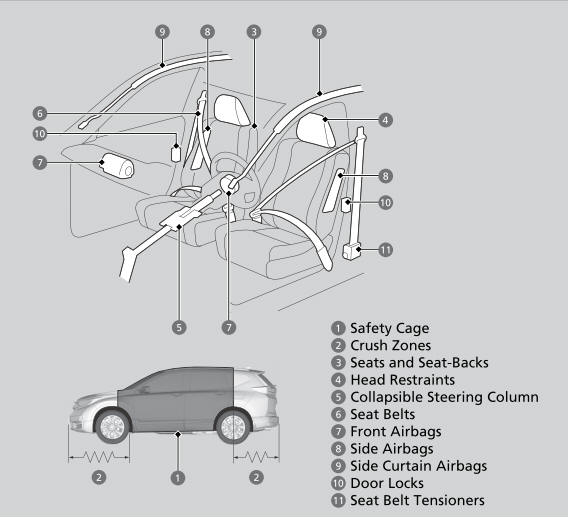
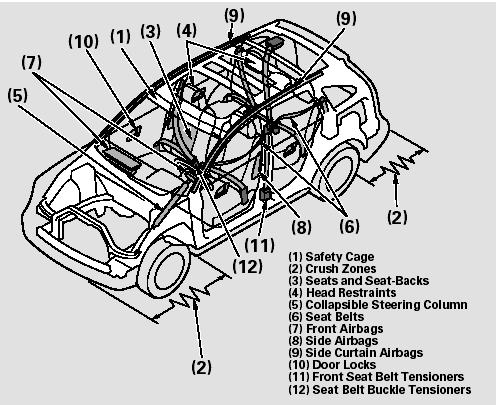


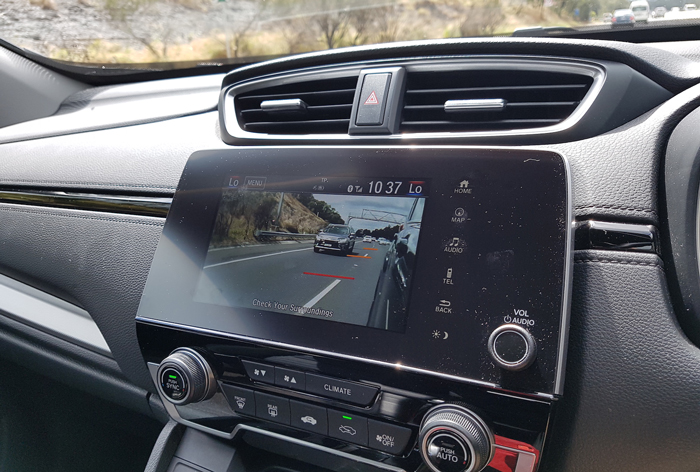
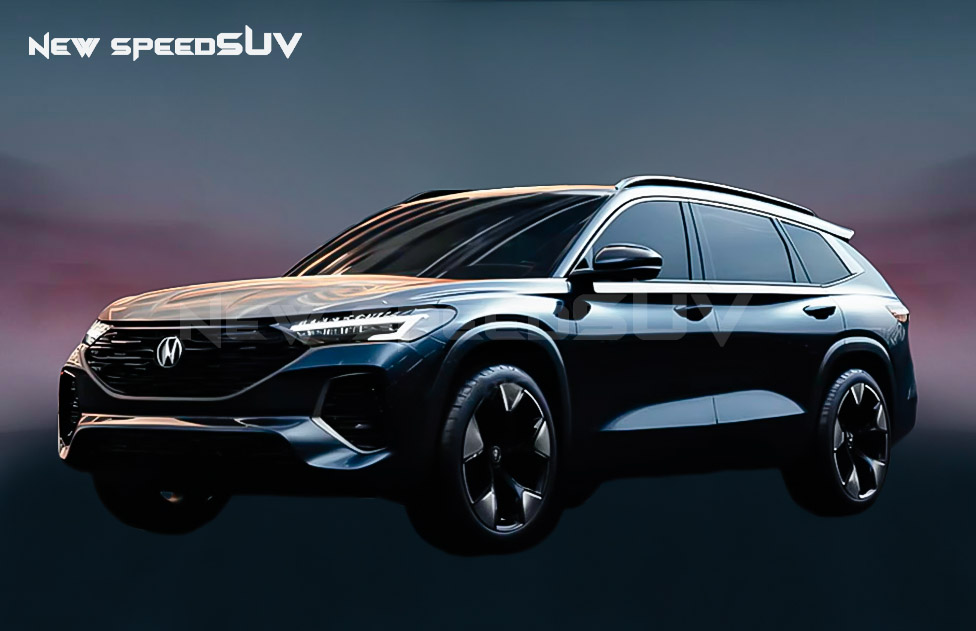
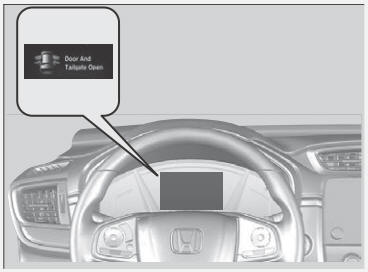

Closure
Thus, we hope this article has provided valuable insights into A Deeper Dive into the 2025 Honda CR-V’s Safety Features: Protecting You and Your Passengers. We hope you find this article informative and beneficial. See you in our next article!